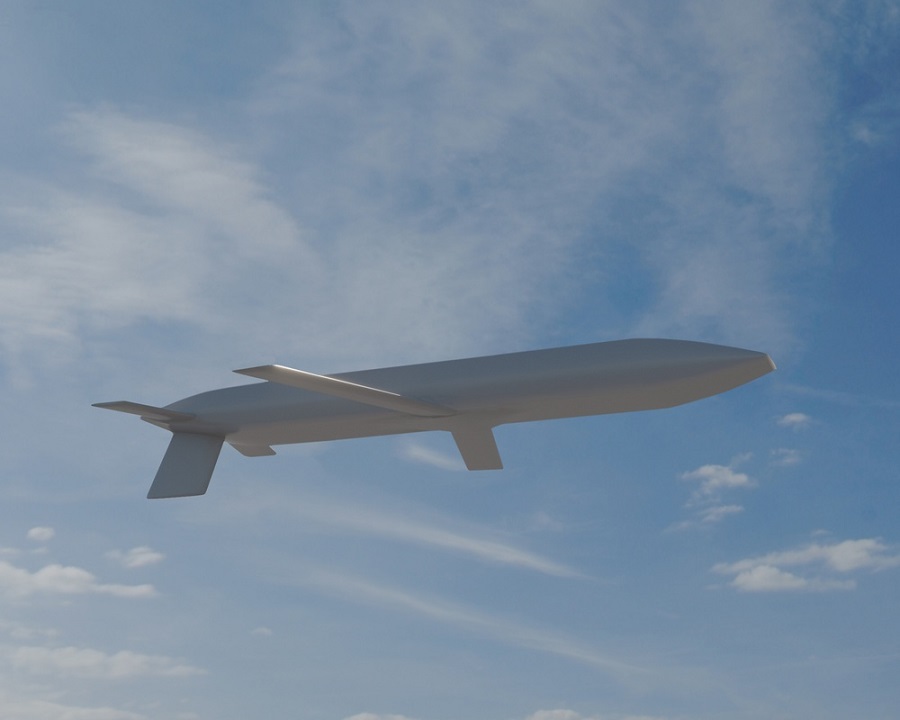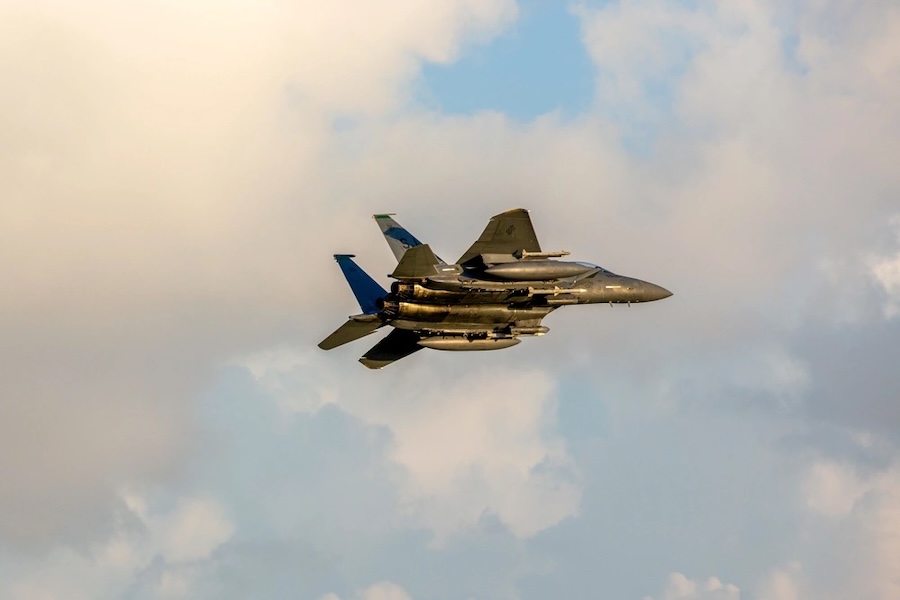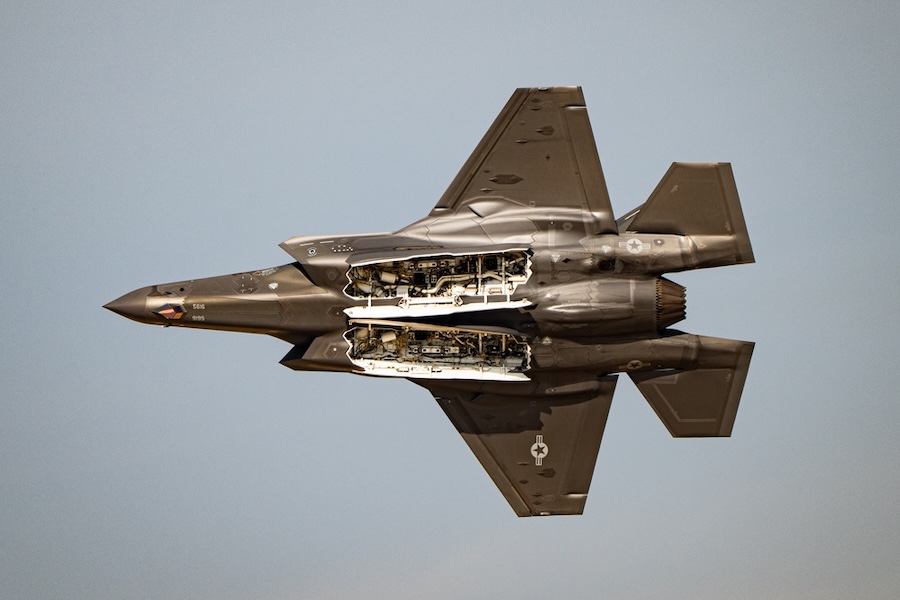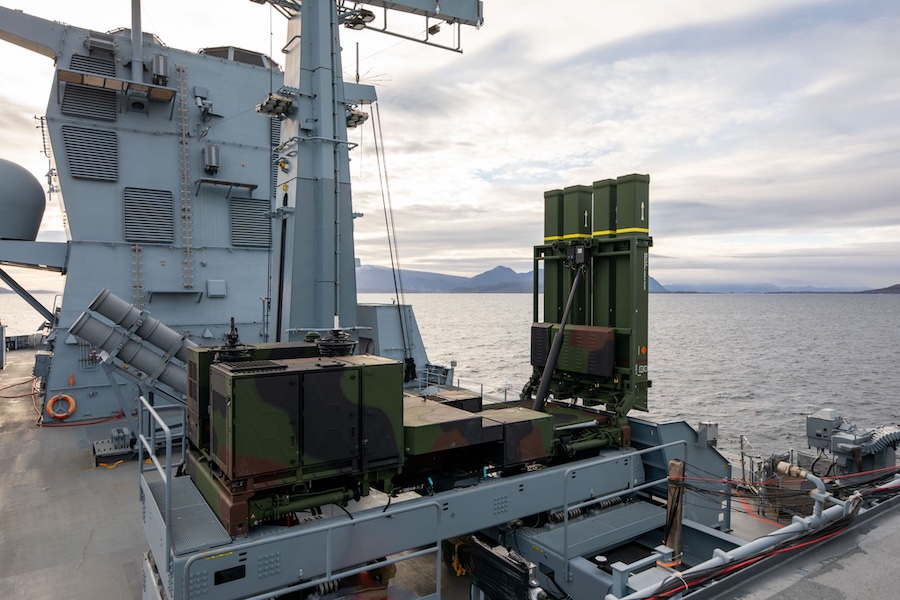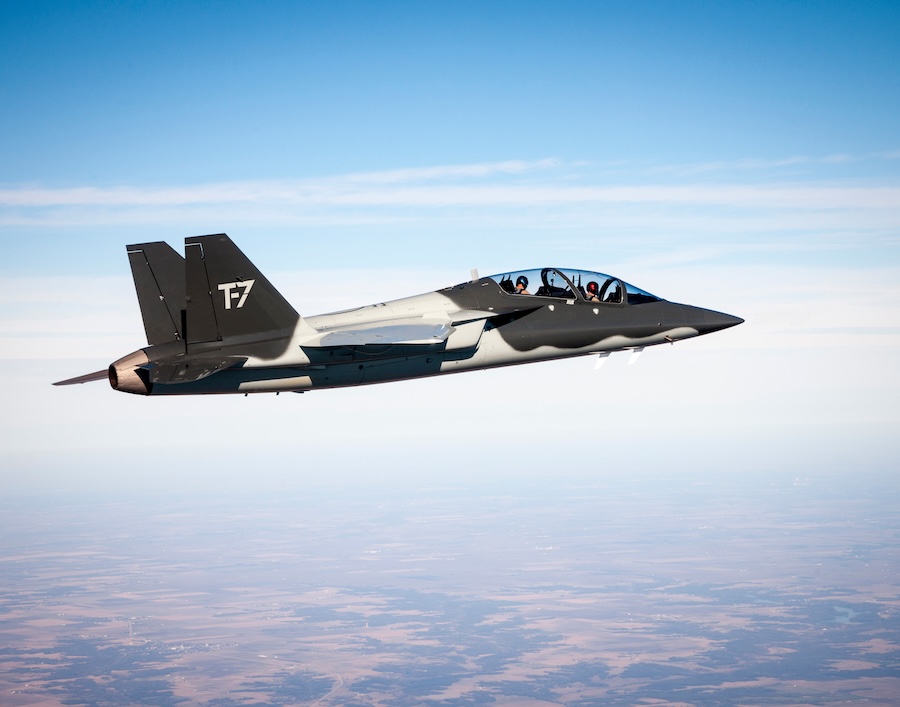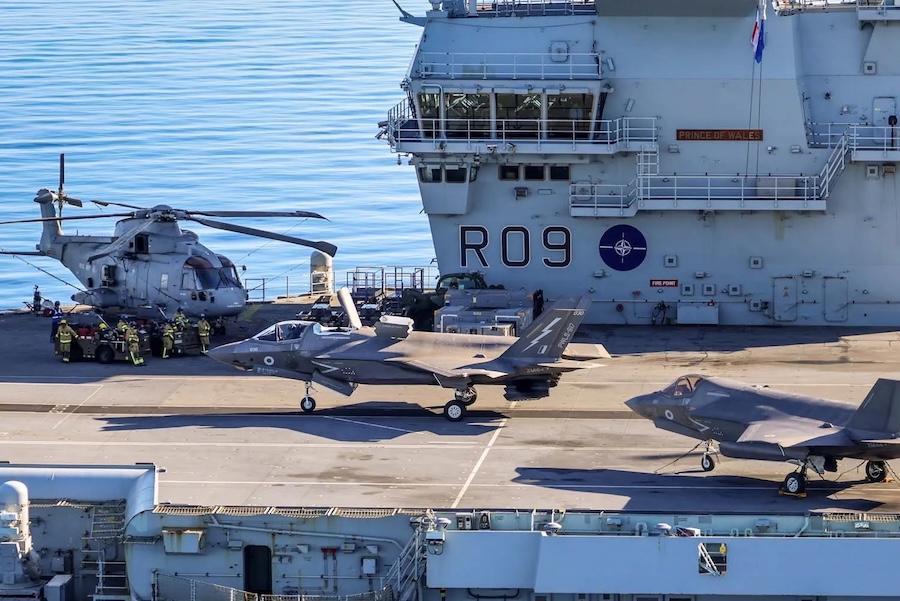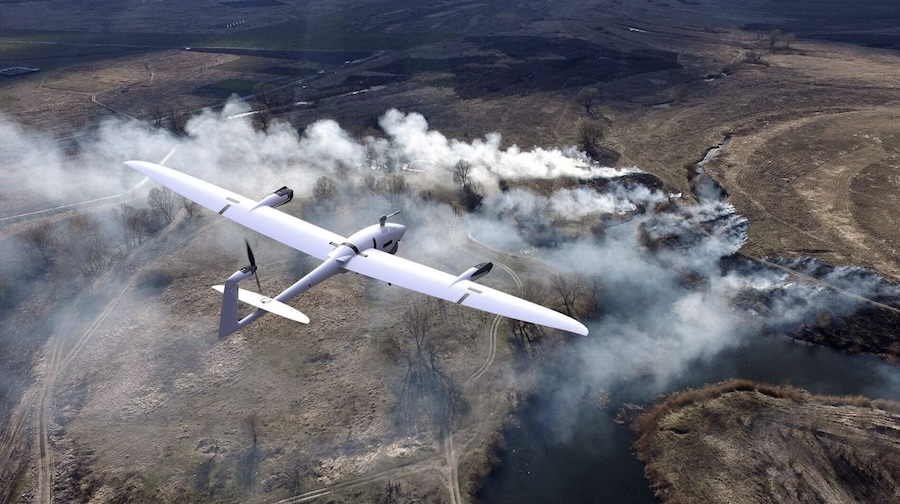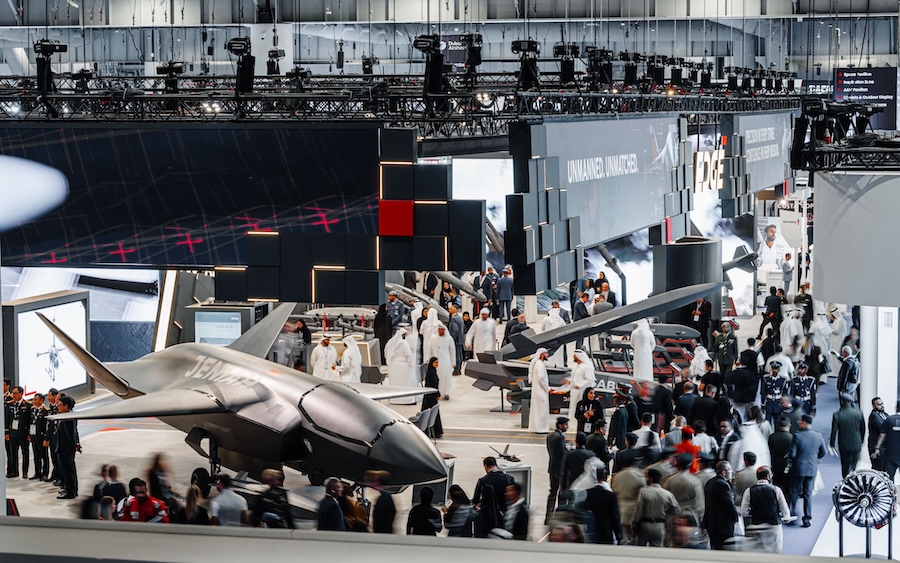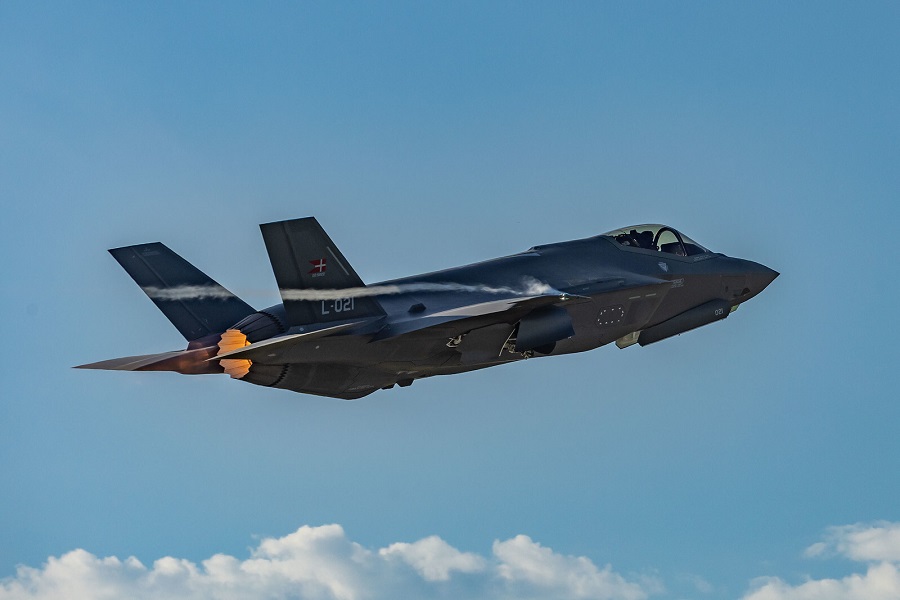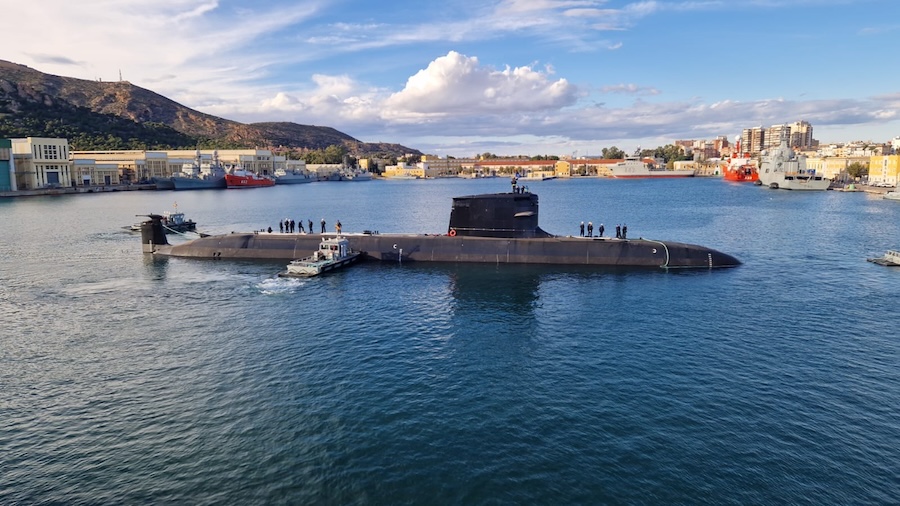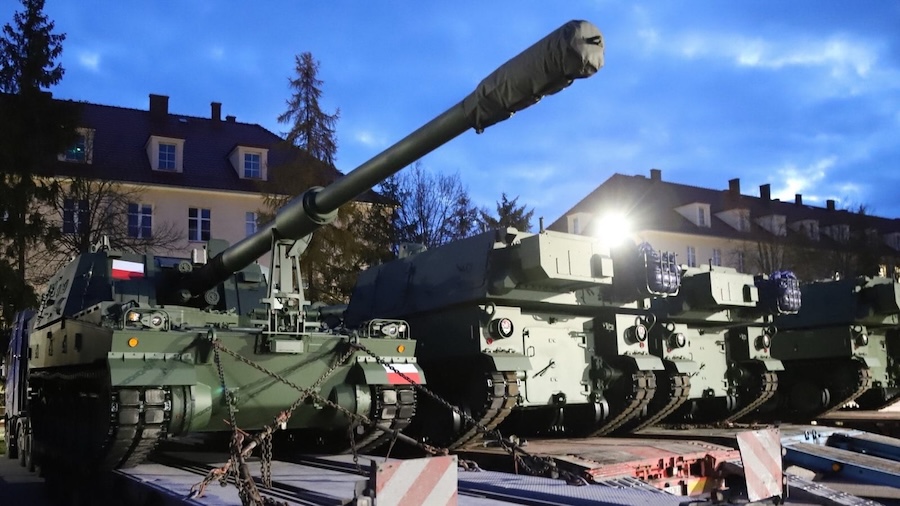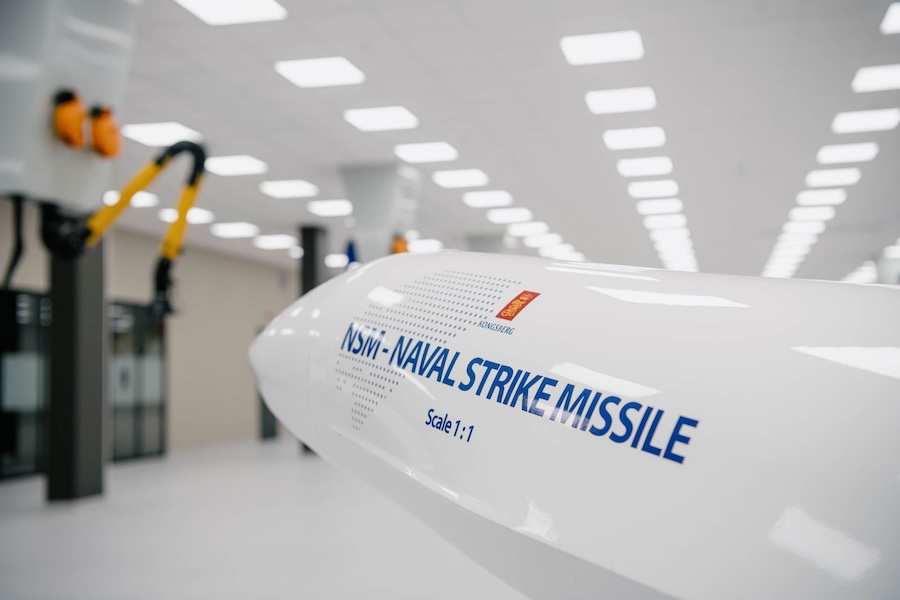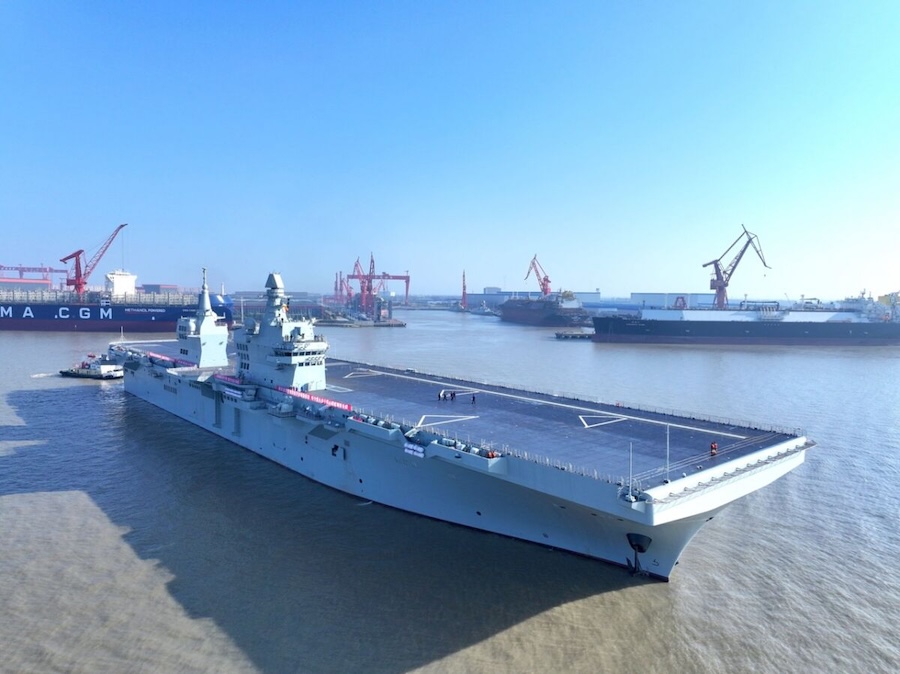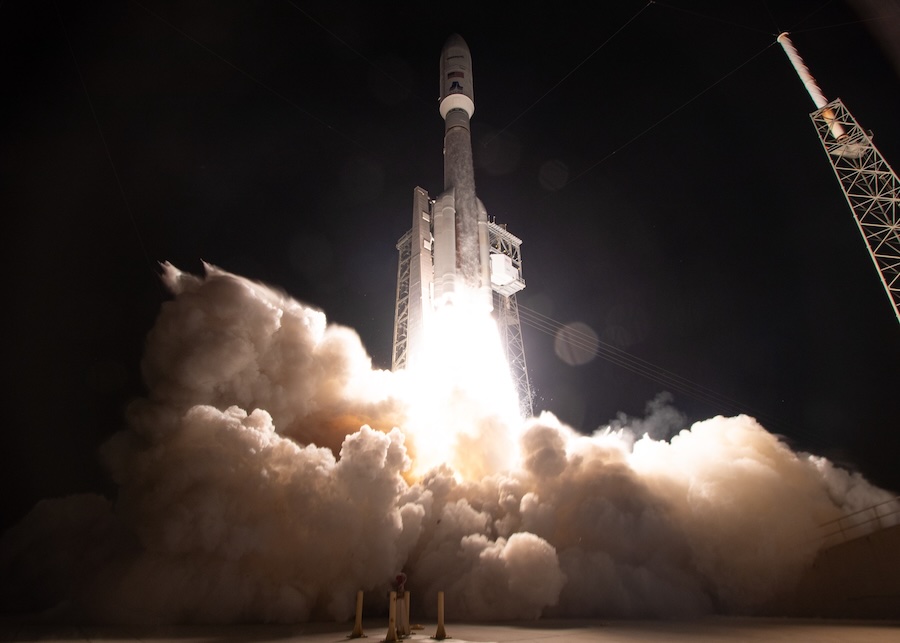The LRSO will be deployed on both the B-52 Stratofortress and the B-21 Raider bomber aircraft. It has been designated a critical capability for the B-21, which will also carry the B61-12 and B61-13 nuclear bombs, with the latter to be used exclusively by the Raider.
Andrew Hunter, the Air Force’s former Service Acquisition Executive, confirmed to the Senate Committee on Armed Services that the programme remains on schedule. “It is tracking well, the program is definitely on track to meet its timeline and deliver to the warfighter any day and we’re also doing well on cost for that program as well,” said Hunter.
The released rendering provides the first visual depiction of the weapon, though its full accuracy is uncertain due to the classified nature of the project. Certain features, such as the air inlet, are not visible and may have been intentionally omitted for security reasons.
The image shows the missile with a trapezoidal body and wedge-shaped nose and tail sections. Similar to its predecessor, the LRSO includes folding wings, a vertical tail on the underside, and slightly angled horizontal tail planes.
While technical specifications remain limited, the LRSO is believed to use an air-breathing engine and travel at subsonic speeds. The missile is designed to be a long-range, survivable standoff weapon capable of delivering nuclear effects on strategic targets.
It will be able to penetrate and survive advanced Integrated Air Defense Systems (IADS) from considerable distances. This supports the Air Force’s global attack role and strengthens its strategic deterrence mission.
Raytheon was named as the prime contractor for the programme in 2020, and the LRSO entered the Engineering, Manufacturing, and Development (EMD) phase in 2021. In 2022, nine successful major flight tests were conducted, validating key capabilities including separation from the B-52H, engine performance, flight control, and stable flight.



